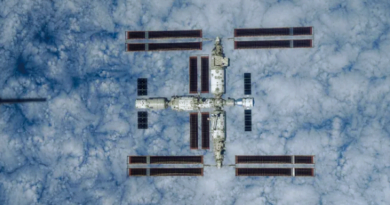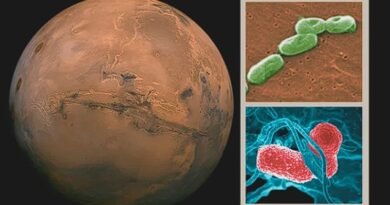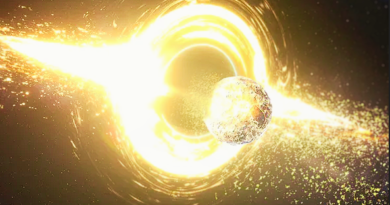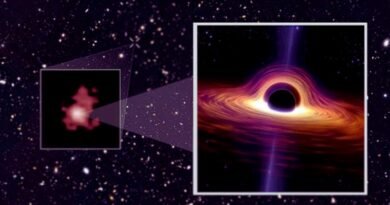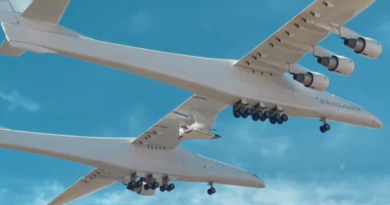How do Galaxies Expand within the Cosmic Web

Simulations reveal the evolution of thousands of galaxies as they traverse the intricate strands of gas, dust, and stars constituting the universe’s ‘cosmic web.
In a groundbreaking study, scientists from the University of Kansas are delving into the cosmic web, the intricate network of gas, dust, and stars shaping the evolution of thousands of galaxies. Similar to a fly caught in a spider’s web, galaxies within this vast cosmic matrix undergo transformative changes that are both dramatic and irreversible.
Guided by Professor Gregory Rudnick, an expert in physics and astronomy at the University of Kansas, the research involves sophisticated computer simulations replicating the cosmic web. The team aims to unravel the mysteries of how different cosmic environments impact the gas content and star-formation properties of galaxies as they navigate through this intricate web. Utilizing data from the DESI Legacy Survey, WISE, and NASA’s GALEX, supplemented by observations from Siena’s 0.7-m Planewave telescope, the study encompasses around 14,000 galaxies.
The project focuses on understanding the mechanisms at play in shaping galaxy clusters as they traverse the cosmic web’s various environments. Galaxies are not uniformly distributed across the universe; instead, they form large clusters or smaller groups in regions of varying densities. While previous studies compared galaxies in clusters/groups to those in isolated fields, this research takes into account the elongated filamentary structures connecting galaxies within clusters.
Rudnick and his team zero in on these cosmic highways, exploring how galaxies traverse them, enter clusters and groups, and how these filaments influence their evolution. By studying galaxies in filaments, the researchers gain insights into the initial encounters of galaxies with dense cosmic environments.
Galaxies predominantly enter the urban centers of clusters through cosmic web superhighways, with a minority taking rural routes, entering clusters and groups with minimal interaction with their surroundings. The simulation endeavors to provide comprehensive insights into the environmental effects on galaxies, unraveling their behavior in filaments and groups.
A critical aspect of the study involves assessing how conditions in cosmic web filaments influence the baryon cycle—the processing of gas in overdense pockets. Disruptions in the baryon cycle can either boost or hinder star formation, influencing the overall growth of galaxies.
Galaxies, envisioned as baryon processing engines, draw gas from the intergalactic medium, converting some into stars. Disruptions in the baryon cycle, triggered by encounters with dense cosmic web environments, can strip gas from galaxies, impacting their star formation processes. This can lead to a temporary surge in star formation, followed by a decline in nearly all cases.
The simulations conducted by the KU team hold the promise of advancing our understanding of the baryon cycle, addressing key science topics identified by the Astro2020 Decadal survey. Additionally, the research includes science outreach to high school students in Kansas and New Jersey, providing them with a unique opportunity to engage with the project until 2026.

